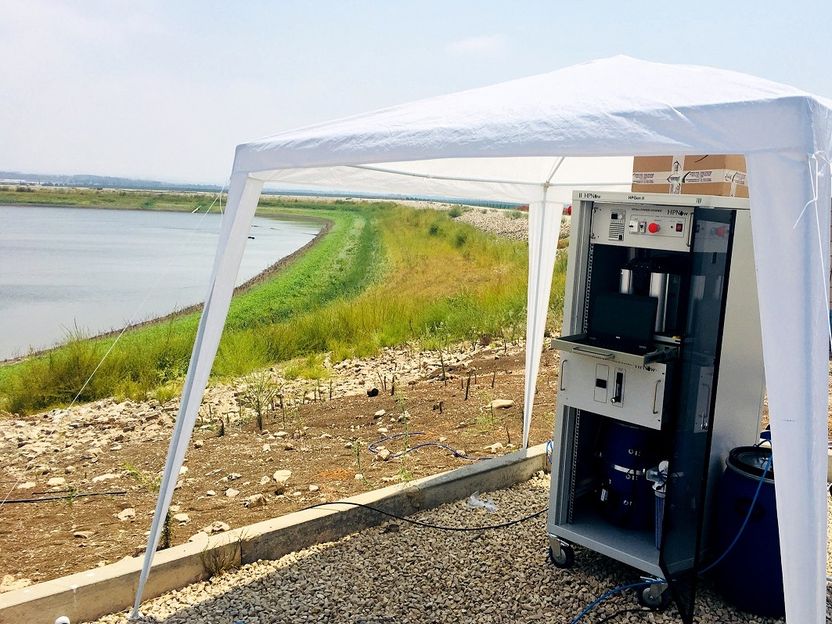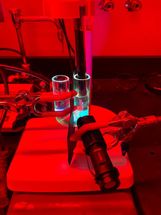Cellomics, Inc. Announces the Development of Biowarfare Detection Methods
Cellomics, Inc. announced today that through its existing contract with the Defense Advanced Research Projects Agency (DARPA), they have developed a benchtop system that utilizes living cells for the detection, classification and identification of chemical and biological warfare threat agents such as anthrax and botulinum neurotoxin. Cellomics is collaborating with researchers at military test sites, where they perform the testing of the systems with authentic threat agents. The system will be delivered to DARPA within a year. (Photo: http://www.newscom.com/cgi-bin/prnh/20010611/PHM032LOGO ) The platform integrates Cellomics' fluorescence-based High Content Screening (HCS) technology, automated optical detection, analysis and display system, together with data management and informatics tools. This platform will enable the ultimate identification of threat agent(s) by their effects on living cells.
``This technology is quite unique because it is based on functional activities,'' stated D. Lansing Taylor, President and CEO, Cellomics, Inc. ``Cellomics' cell-based assays are used for detection, classification and identification of the threat agents based on their function. An activation `profile' can be constructed that will classify the agent. Proprietary GFP- based biosensors are designed to identify specific threats such as anthrax lethal toxin and botulinum neurotoxin.''
In addition to cell-based assays, Cellomics, Inc. has developed a solution-based assay for anthrax lethal factor, a toxin produced by the B. anthracis bacterium. This sensor works in existing, already fielded hardware and can detect toxin in as little as 20 minutes. This assay has the potential to discriminate between live and dead spores. Assays for other toxins of interest are currently under development. Both the cell-based platform and solution-based sensor reagent may be suitable for use with environmental or clinical samples.
Other news from the department research and development

Get the chemical industry in your inbox
By submitting this form you agree that LUMITOS AG will send you the newsletter(s) selected above by email. Your data will not be passed on to third parties. Your data will be stored and processed in accordance with our data protection regulations. LUMITOS may contact you by email for the purpose of advertising or market and opinion surveys. You can revoke your consent at any time without giving reasons to LUMITOS AG, Ernst-Augustin-Str. 2, 12489 Berlin, Germany or by e-mail at revoke@lumitos.com with effect for the future. In addition, each email contains a link to unsubscribe from the corresponding newsletter.
Most read news
More news from our other portals
See the theme worlds for related content
Topic world Sensor technology
Sensor technology has revolutionized the chemical industry by providing accurate, timely and reliable data across a wide range of processes. From monitoring critical parameters in production lines to early detection of potential malfunctions or hazards, sensors are the silent sentinels that ensure quality, efficiency and safety.

Topic world Sensor technology
Sensor technology has revolutionized the chemical industry by providing accurate, timely and reliable data across a wide range of processes. From monitoring critical parameters in production lines to early detection of potential malfunctions or hazards, sensors are the silent sentinels that ensure quality, efficiency and safety.
Last viewed contents

Breakthrough in electrochemical production of hydrogen peroxide - Evonik invests in Danish hydrogen peroxide start-up
UA Physicists Find Key to Long-Lived Metal Nanowires
MIP Technologies and Lund University receive 2.6 MSEK in funding from the Swedish Research Council





























































